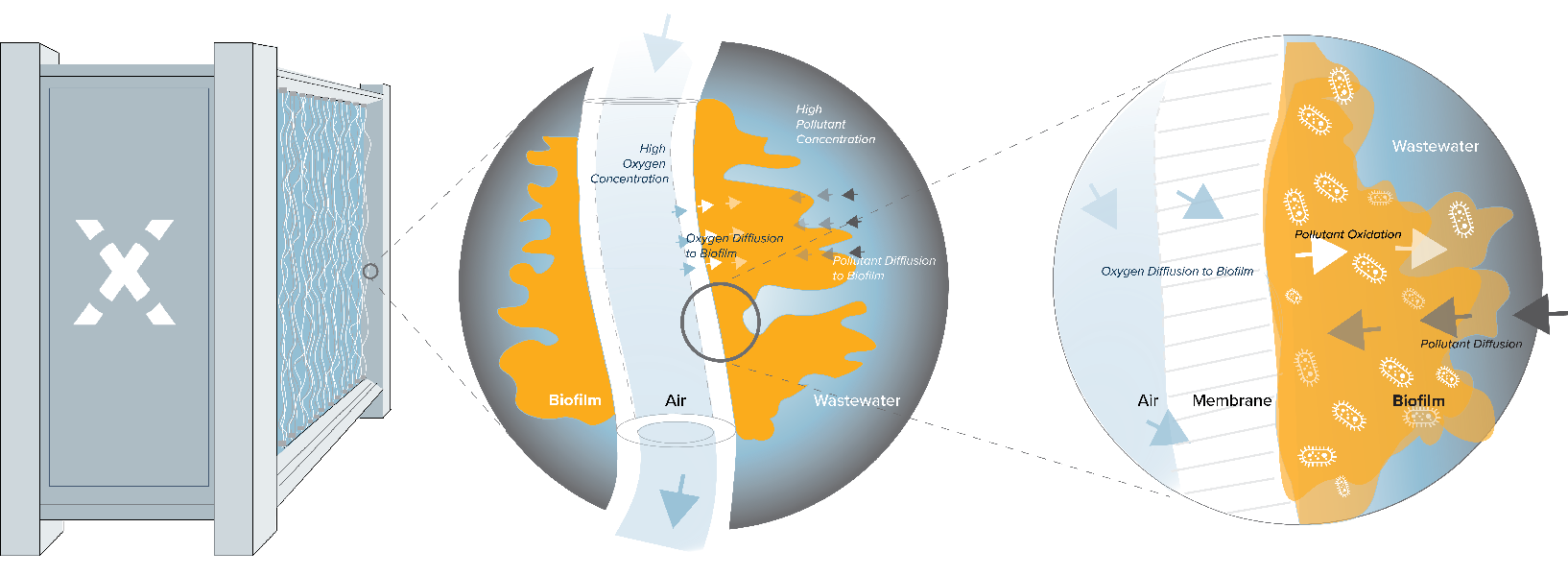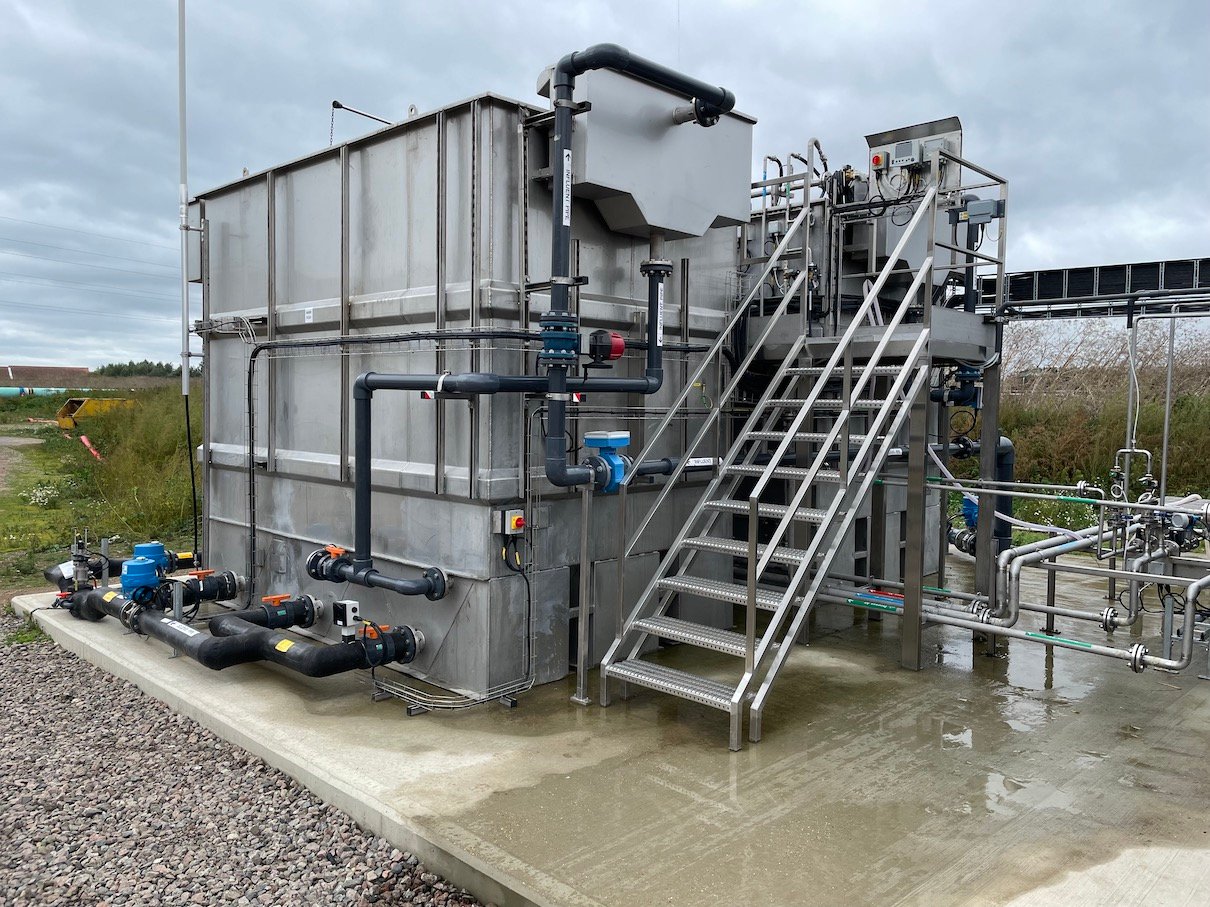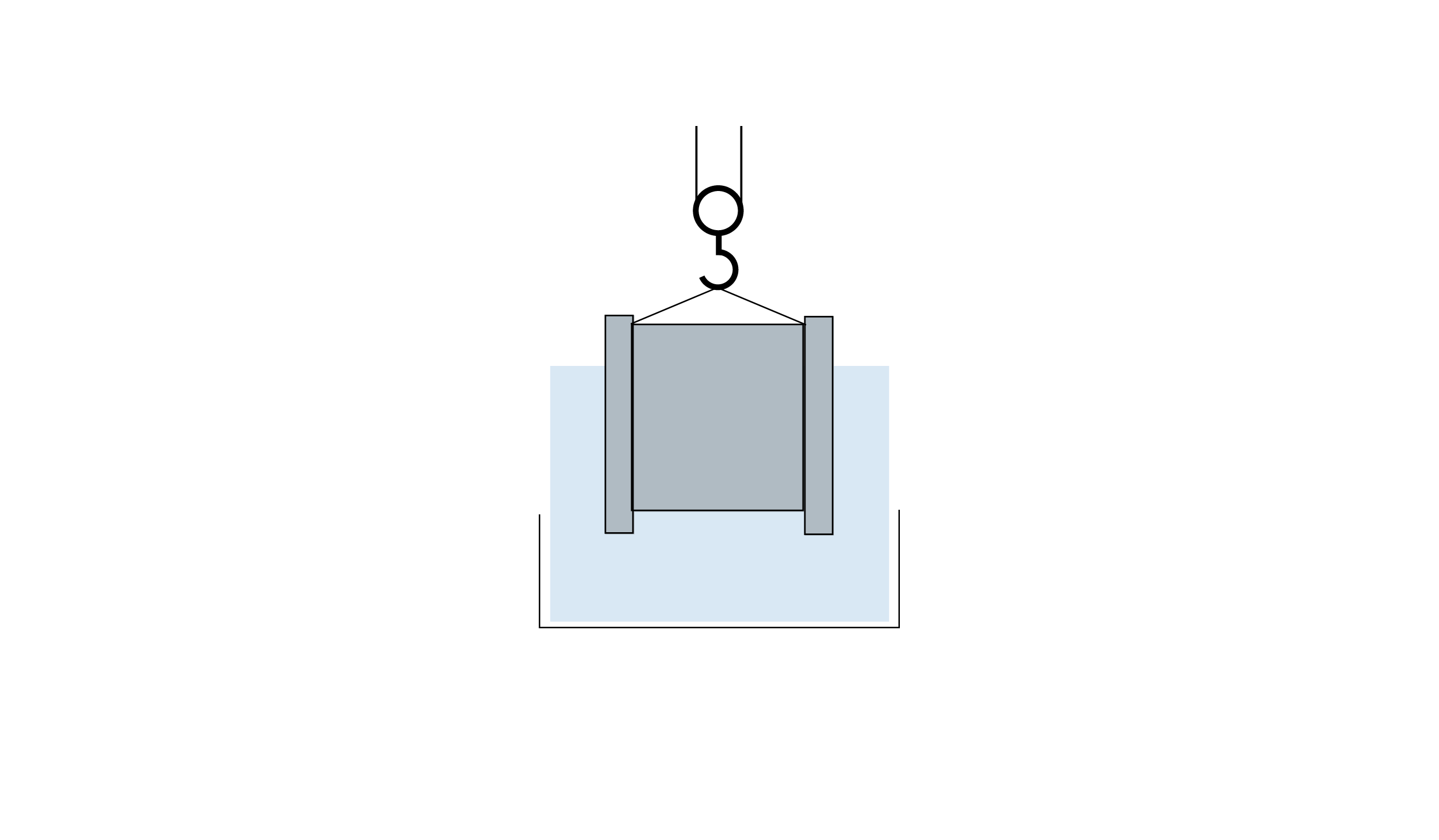How to cut emissions from wastewater?
On the 21st of September we not only celebrate Zero Emissions Day, but also we are asked to curb our emissions for 24 hours whenever it's possible.

When it was started, the Zero Emissions Day highlighted the harm caused by CO₂ emissions and asked of all concerned people to give the world a one-day break from fossil fuels. Now, we can see more clearly what impact emissions of greenhouse gases (GHG) have on our planet, and our lives.
Zero Emission Target
Although the Net Zero Emission Global Targets are set for 2050, time is not our side and we may not get a second chance on this one; as it stands as we are not making enough progress to reach the goal we have set. The Montreal Protocol ratified in 1987 to protect and restore the ozone layer, has proven that we can work together. We need to do it again, and this time all sectors and all human activities need to be addressed.
If achieved, a Zero Emission Global Target will give the world an even chance of limiting the global temperature rise to 1.5 °C, and reduce the climate change impact - urges United Nations.
What emissions need to be reduced or eliminated?
At this stage, all should know the answer - Greenhouse Gases. The main GHGs are:
- Carbon dioxide (CO2)
- Methane (CH4)
- Nitrous oxide (N2O)
- Hydrofluorocarbons (HFCs) and perfluorocarbons (PFCs) and sulphur hexafluoride (SF6) and trifluoride (NF3).
Not all gases impact our environment the same
In order to compare the global warming, impact of different greenhouse gases, emission levels are converted into CO2 equivalents. This conversion is based on the ‘Global Warming Potential’ (GWP), i.e. the measure of warming (source: CBS - Statistics Netherlands).
One kg of "CO2 equivalents" is equal to the effect of one kg of CO2 emission.
Emission of 1 kg of nitrous oxide (N2O) = 298 kg of CO2 equivalents Emission of 1 kg of methane (CH4) = 25 kg CO2 equivalents.
The GWP of fluorinated gases vary greatly and levels can be substantial. For example, 1 kg of sulphur hexafluoride (SF6) = 22.8 thousand kg of CO2equivalents.
Where do global GHGs emissions come from?
According to Our World in Data portal, global greenhouse gas emissions in 2020 (source Climate Watch) were relesed from following sectors:
- Energy (electricity, heat and transport): 73.2%
- Direct Industrial Processes: 5.2%
- Waste: 3.2%, which
- 1.3% is wastewater as organic matter and residues from animals, plants, humans and their waste products is collected in wastewater systems, where it decomposes producing methane and nitrous oxide.
- 1.9% from landfills, which are often low-oxygen environments, where organic matter is decomposes to methane.
Legislation change in Scandinavian countries
Not all countries are waiting for the world to decide when it might be a good time to tighten up emission standards. Some Scandinavian countries for example are being proactive and have already decided to move forward with legislation, going ahead of the European Union (EU) or United Nations (UN). One example is Denmark.
The Danish Government, we read in the International Water Association article from June 2022, implemented a new climate law and new climate change action plan already in 2020. This climate plan includes goals to reduce nitrous oxide (N2O) emissions from wastewater treatment plants by 50 percent, no later than 2025. The CO2 emission from the production of Danish electricity is decreasing by the day due to more and more renewable energy production.
The International Water Association in article 'The state of knowledge on GHG emission in the wastewater sector' from June 2022 concludes that contributions to the GHG footprint coming from the wastewater sector are increasing – especially N2O from biological nitrogen removal processes, and methane (CH4) from the biogas systems. Thus, it is no longer enough to focus primarily on reducing energy consumption and increasing renewable energy production.
How OxyMem™ MABR can help deliver Zero Emissions in Wastewater Treatment Sector?
Membrane aerated biofilm reactor (MABR) technology can help wastewater treatment plants become energy and carbon-neutral in numerous ways. Let's consider the thousands of older legacy activated sludge plants in operation across the world, where nitrification is already being carried out, or is required in the near term to hit environmental effluent consent standards. OxyMem™MABR drop-in units can be used to provide or enhance nitrification while delivering oxygen to the attached growth biology extremely efficiently, reducing the amount of energy that would otherwise required for treatment.
Energy efficiency
Comparing with conventional aeration
OxyMem™ MABR can help us meet Net Zero emission targets in wastewater treatment thanks to exceptional oxygen transfer efficiency. The process works on the same principle as human lungs, with oxygen being transferred via a concentration gradient. In humans oxygen flows easily into our airways and reaches a point where the magic happens; oxygen diffuses on a molecular level, from high concentration held within the lungs, to our bloodstream and metabolising cells throughout the body where oxygen levels are lower. In the OxyMem™MABR process, oxygen flows easily to the internal surface of tiny hollow fibre membranes. From here oxygen readily diffuses across the membrane wall to an active biofilm layer on the outside surface, which is constantly depleting oxygen as it breaks down wastewater pollutants. Oxygen moves from high concentration to low concentration 24/7.
As diffusion occurs at the membrane wall, direct to an attached growth biofilm layer (bacteria), bubbles are not required within an MABR system. This means the excessive energy typically consumed to generate bubbles within conventional aeration systems, to force air under water (~ 5-10m) and then through thousands of perforations (<1.5mm), can be saved.
Comparing with alternative process intensification solutions
OxyMem™ MABR intensifies treatment and contains an inventory of well beyond that found in conventional activated sludge plants where treatment is carried out via suspended biomass.
MBBRs and MBRs also offer high biological process intensification, small footprint treatment solutions for end users. While all three systems effectively treat wastewater in the same way, targeting the same pollutants with the same "bugs" perhaps in different arrangements, both MBBRs and MBRs relay on traditional bubble aeration for bulk tank mixing and oxygen transfer; consuming considerably more energy than MABR. Interestingly, OxyMem™MABR could be considered as a means of potentially reducing energy usage within MBBR and MBR plants.

Beyond Process Intensification
The established bacteria (biofilm) and direct attachment to dense, gas-permeable membranes, supports a counter-diffusional process which can result in ideal environmental conditions for simultaneous nitrification and denitrification to occur. This previously identified as an N2O sink (Conthe et al., 2019), is the reason why MABR technology achieves successful nitrogen removal intensification with reduced associated GHG.

Study by Nerea Uri-Carreño et al. 2023, where nitrous oxide emissions from full-scale Membrane Aerated Biofilm Reactors (MABRs) were monitored for 12 months, reports emission factors were below the standard value from the Intergovernmental Panel on Climate Change 2019 (1.6%). Achieved result supports the claim that MABR technology can achieve intensified biological nutrient removal without increasing N2O emissions while treating municipal wastewater.
If you would like to know more about OxyMem™ MABR solution for your wastewater treatment challenge please contact us directly.








